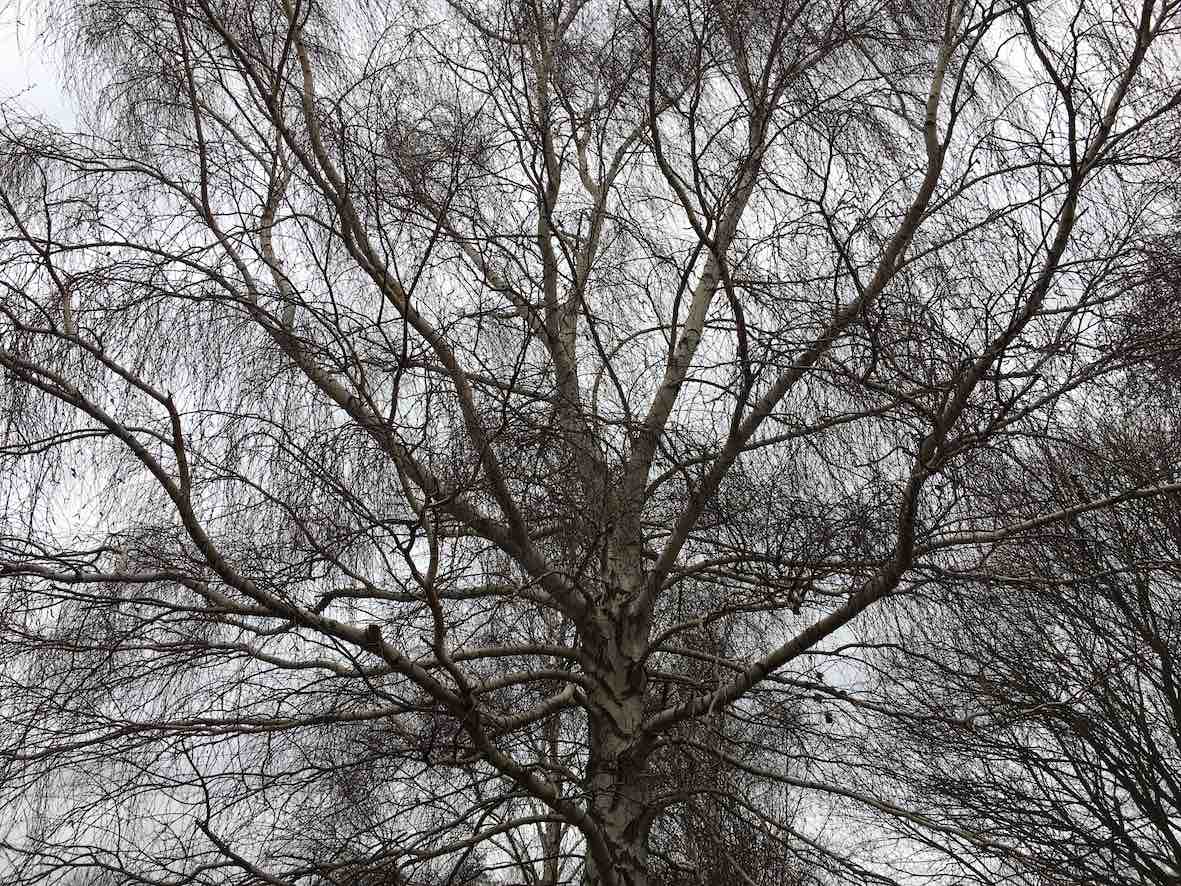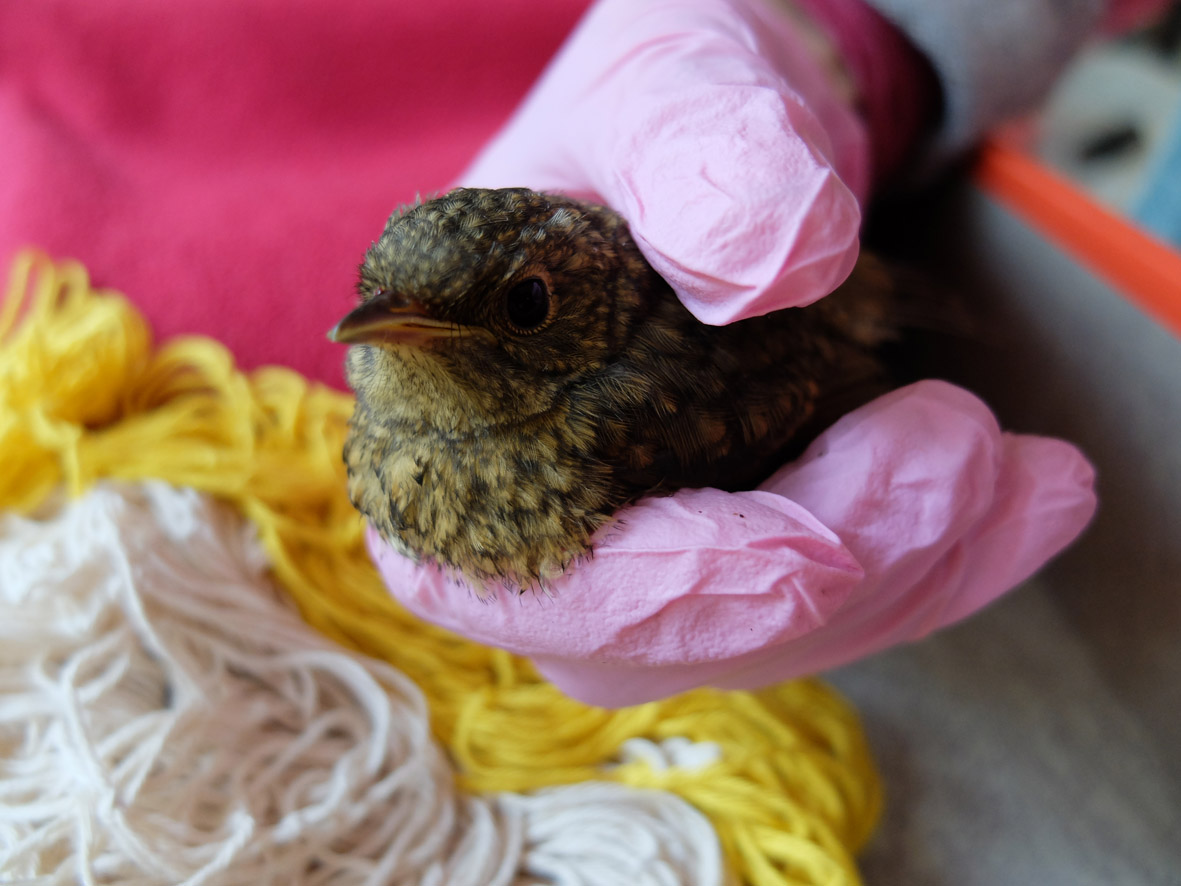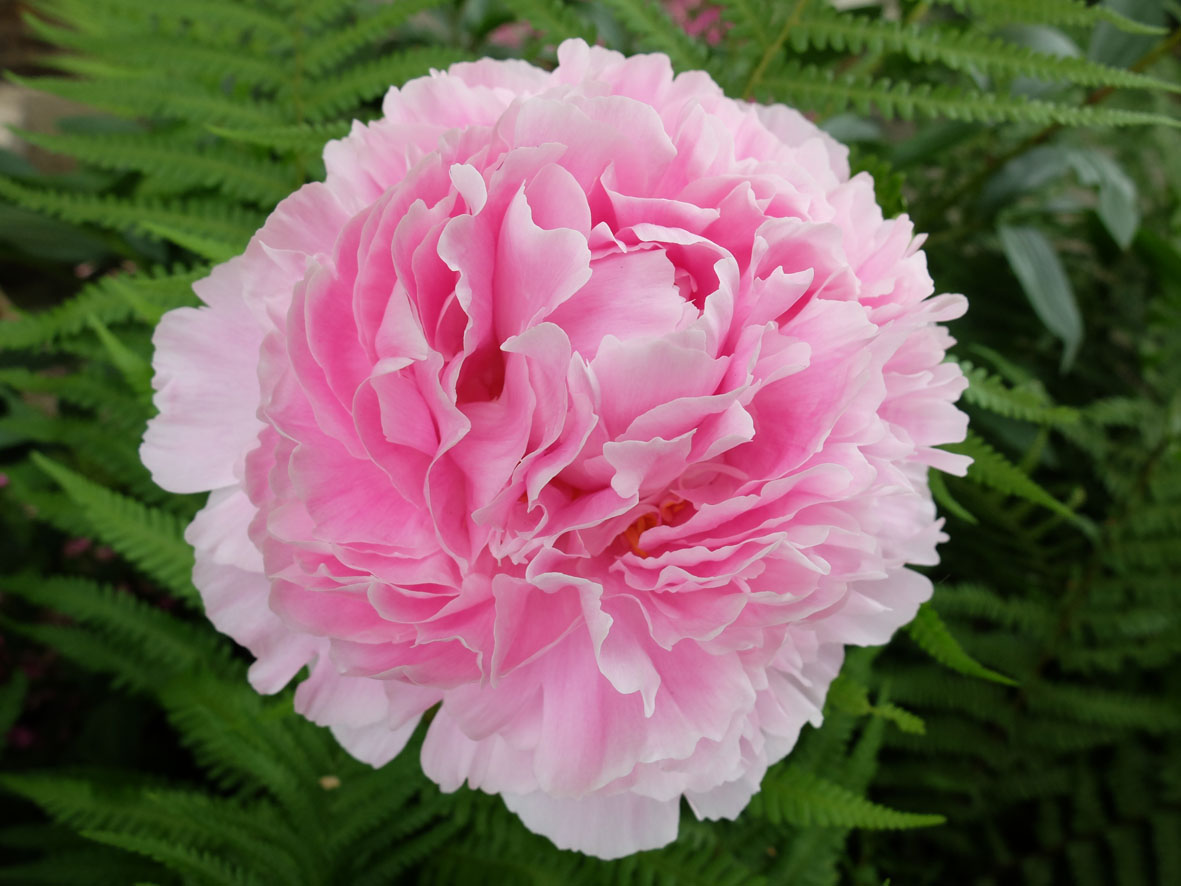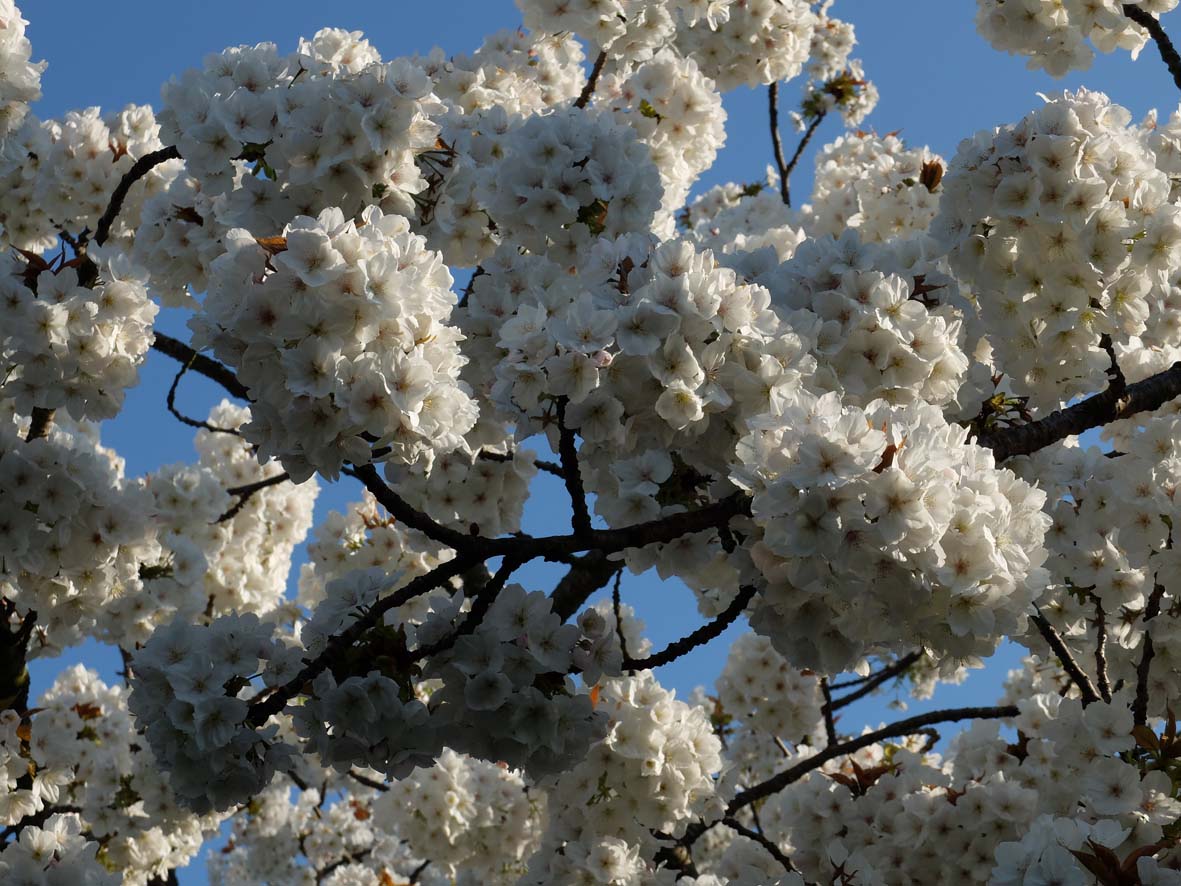01 Jan Birch Tree
 When natural conditions prevail, Birch is the first tree that will grow on open land, beginning the cultivation of a woodland. Glennie Kindred holds much knowledge about both the practical and symbolic ways of trees.
When natural conditions prevail, Birch is the first tree that will grow on open land, beginning the cultivation of a woodland. Glennie Kindred holds much knowledge about both the practical and symbolic ways of trees.
“Birches are known as nurse trees, and their generosity and ability to nurture other trees and plants form part of their key signature picture. They do this via the nutrients and minerals that their root systems bring up from deep within the ground, and these are returned to the soil through their leaves as they shed them in the autumn, making the land fertile for other trees to follow”. From ‘Walking With Trees’ by Glennie Kindred.
Birch is the first tree in the ancient Irish alphabet too, the Tree Ogham (pronounced Oh-am). It is associated with new beginnings. If you look closely at a Silver Birch tree, you can find splits in the bark that resemble eyes or vulvas, which remind me of this connection with birth.
In the ancient world, Birch was aligned with the Goddess Brigid. The Birch tree’s gentle waving branches that reach down from her upright trunk resemble a caring mother figure, and is known as ‘The White Lady’ or ‘The Lady of the Woods’. I pass this particular statuesque Silver Birch regularly, and greet her with a silent nod. Unlike the Yew, a Birch lifespan is closer to that of a human, so this tree is a grand senior.
Becoming familiar with a particular tree through the seasons, is a good way into nature connection. If you are looking for a bit less digital time, and a bit more time outdoors, the start of the year is a good time to make small adjustments to your routine. A regular ‘sit spot’ can be a great way to practice this, without making any great effort to a particular meditation, but just a regular location to be for a short period of time and allow nature to be present too.
I keep an eye open for the many Birch species that line streets and light up parks and gardens. The Paper Birch with its dazzling white bark that peels like paper is particularly bright. If like me, you are unable to recognise many trees, the Woodland Trust now has an App to help to identify different species.
The energy of Birch brings healing, and a creative boost to the start of a project. This may include clearing uncertainty and looking at events from new perspectives. Flower Essences are believed to contain the vibration of a flower. Findhorn Flower Essences include Birch drops, if you are looking for another way to make a deeper connection with this tree.
What are you facing towards in 2024? As this new year begins, is there something that you would like to discover or develop? Can the upright intention of Birch, with its gentle, inclusive kindness bring the medicine of an open mind and inspiration as you step forward? Wishing you well in all your endeavours.
Find our Grief Tending events coming up here.











